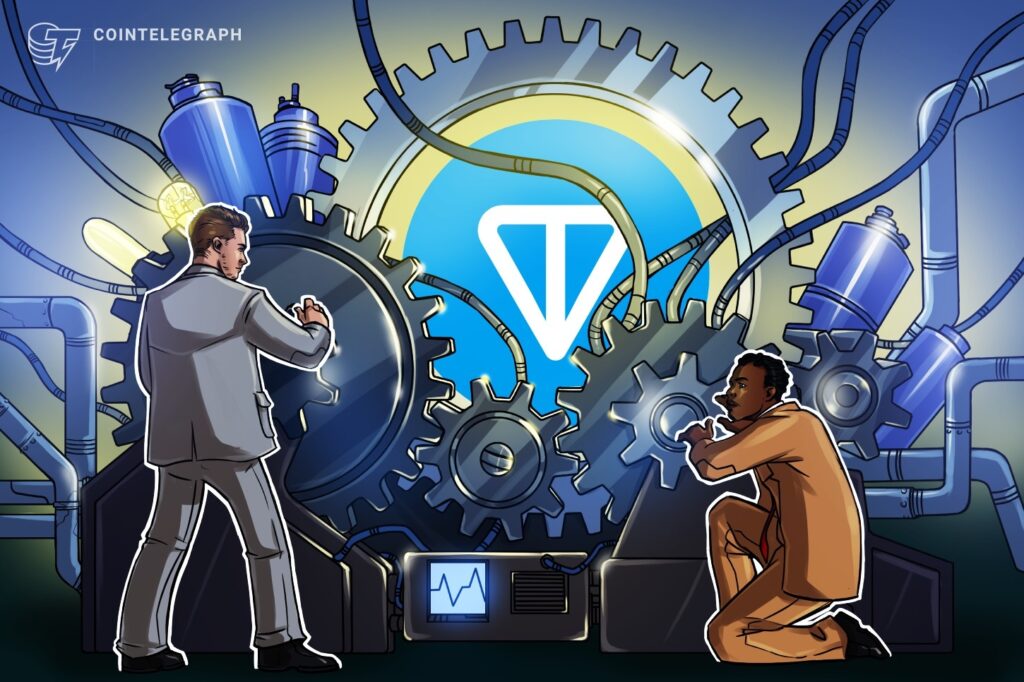30s Summary
The Open Network Foundation has chosen Axelar’s Mobius Development Stack (MDS) to link 68 different blockchain networks with The Open Network (TON), enhancing the efficiency and accessibility of decentralized apps. Axelar’s platform was selected for its top-class security, ease of use and adaptability. Its Interchain Amplifier technology facilitates connections with other blockchains like Ethereum, Cosmos and Polkadot. The partnership eliminates the need for bridging solutions, allowing developers to create applications that operate over multiple blockchains. This boosts access to Web3, simplifies transactions and offers a more seamless user experience.
Full Article
Axelar’s Mobius Development Stack (MDS) has been picked by The Open Network Foundation to be the main platform connecting 68 different blockchain networks with The Open Network (TON). This setup should make decentralized applications within the TON blockchain more efficient and user-friendly. Plus, Anthony Tsivarev of TON Foundation has described Axelar as the perfect partner due to its open and developer-friendly features.
Axelar won this partnership after a careful review of different platforms that allow interaction between various blockchain chains. The MDS stood out due to its top-notch security, simplicity, and adaptability. What’s more, it’s Axelar’s Interchain Amplifier tech that lets TON blockchain developers connect with other blockchain networks.
Thanks to the Axelar’s MDS, TON blockchain will now be able to effortlessly exchange assets and data with other big networks like Ethereum, Cosmos, and Polkadot.
Here’s the fun part – Developers will be able to create decentralized applications that can function across multiple blockchains, which means no need for those nagging bridging solutions. More so, having an interoperability layer stops the scattering of assets deployed in various bridged forms across different networks. And for TON users, this means easier access to Web3, smoother transactions without bridge needs, and a more streamlined experience.
Cross-chain interoperability is fast becoming a must-have in the Web3 area where blockchain connectivity is of high importance. A good example of this was seen on Oct. 10, when Ronin Network – which lost $625 million in a hack incident in March 2022 – secured a partnership with Chainlink’s Cross-Chain Interoperability Protocol (CCIP).
Keeping in mind that while cross-chain functionality does simplify transactions by avoiding complex bridging solutions, ensuring safe transactions still remains a top focus for networks.
Source: Cointelegraph

